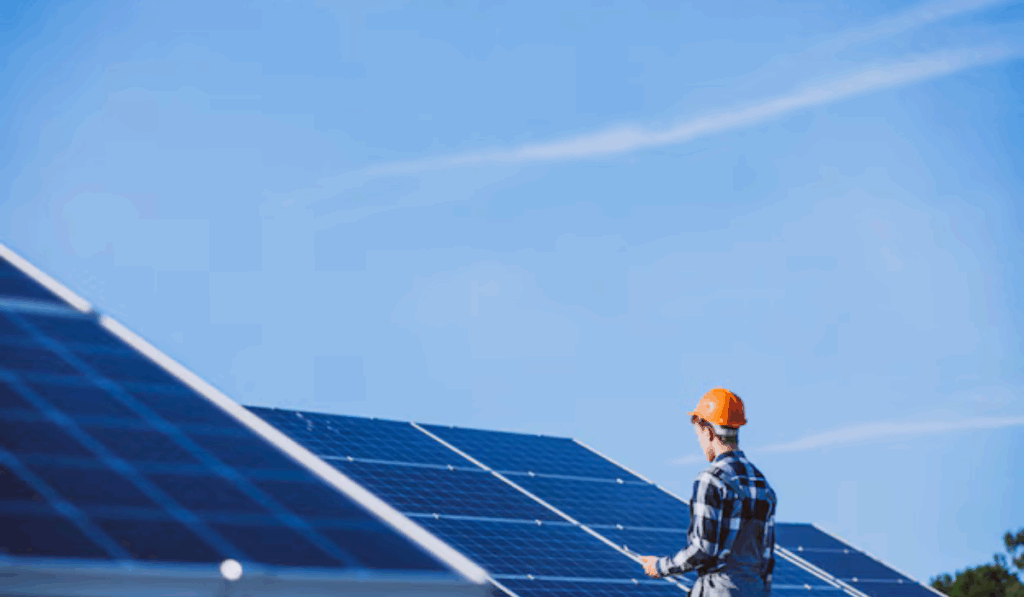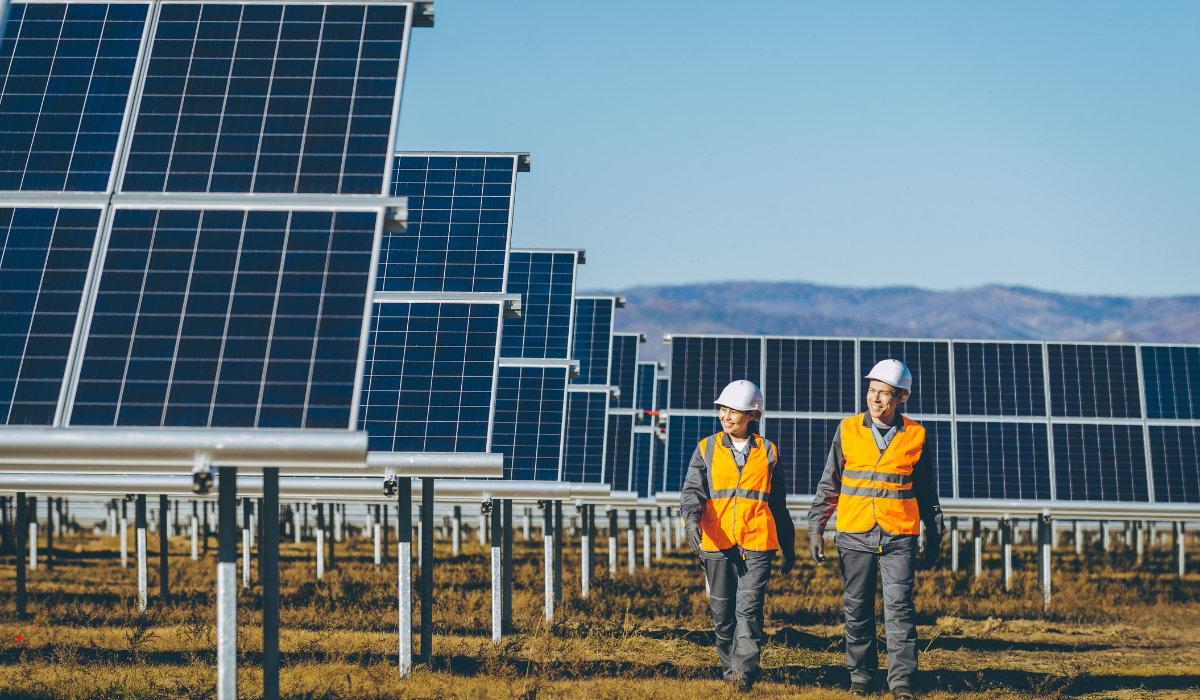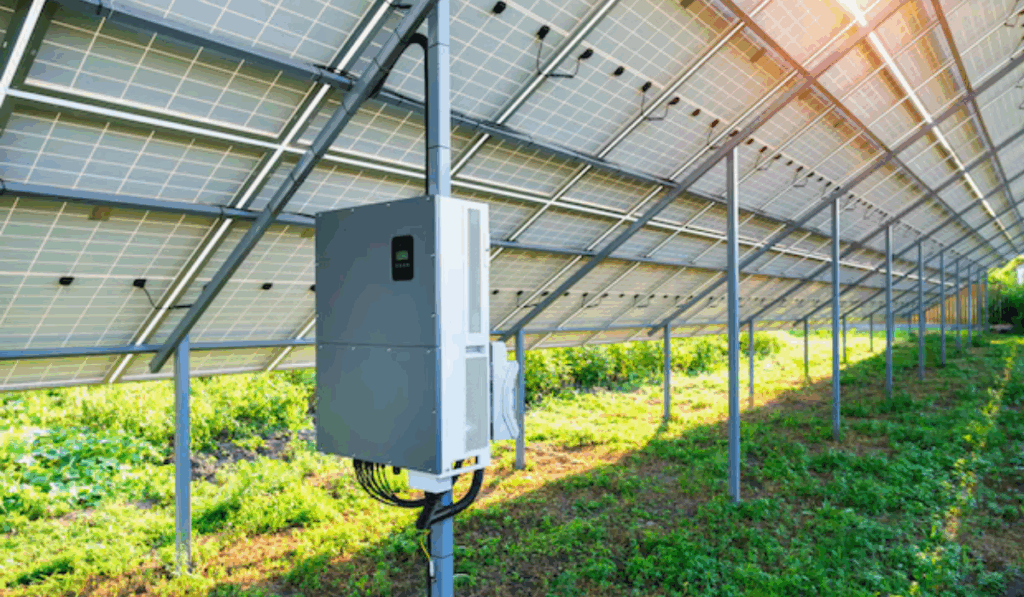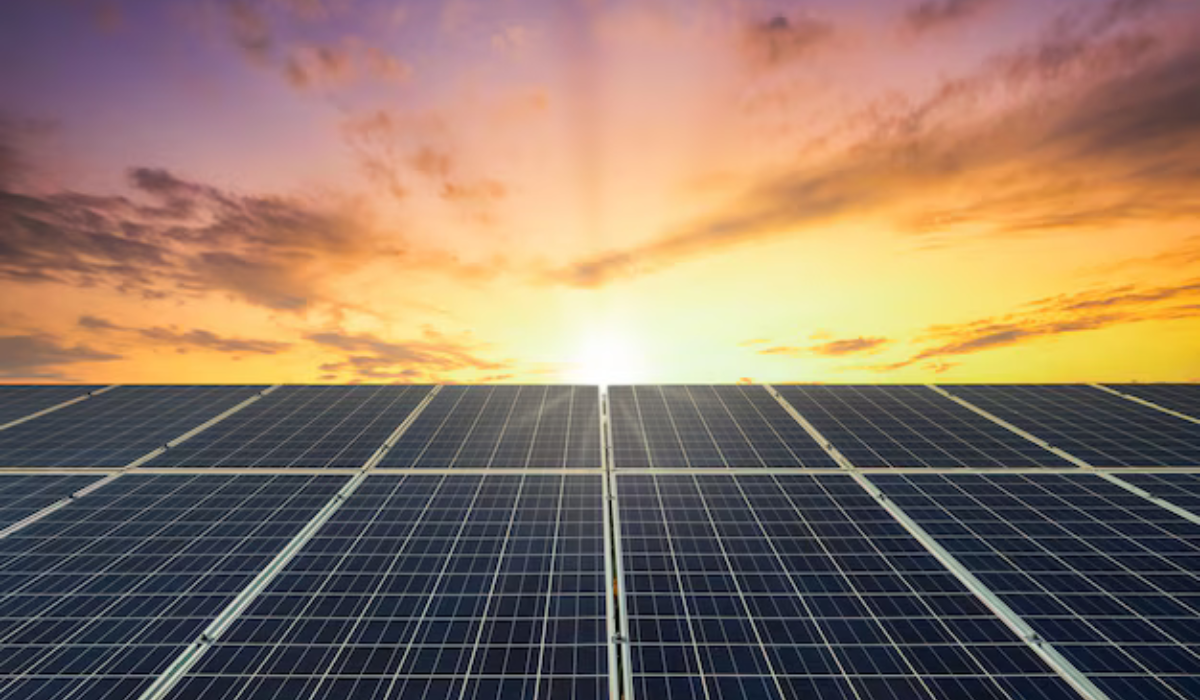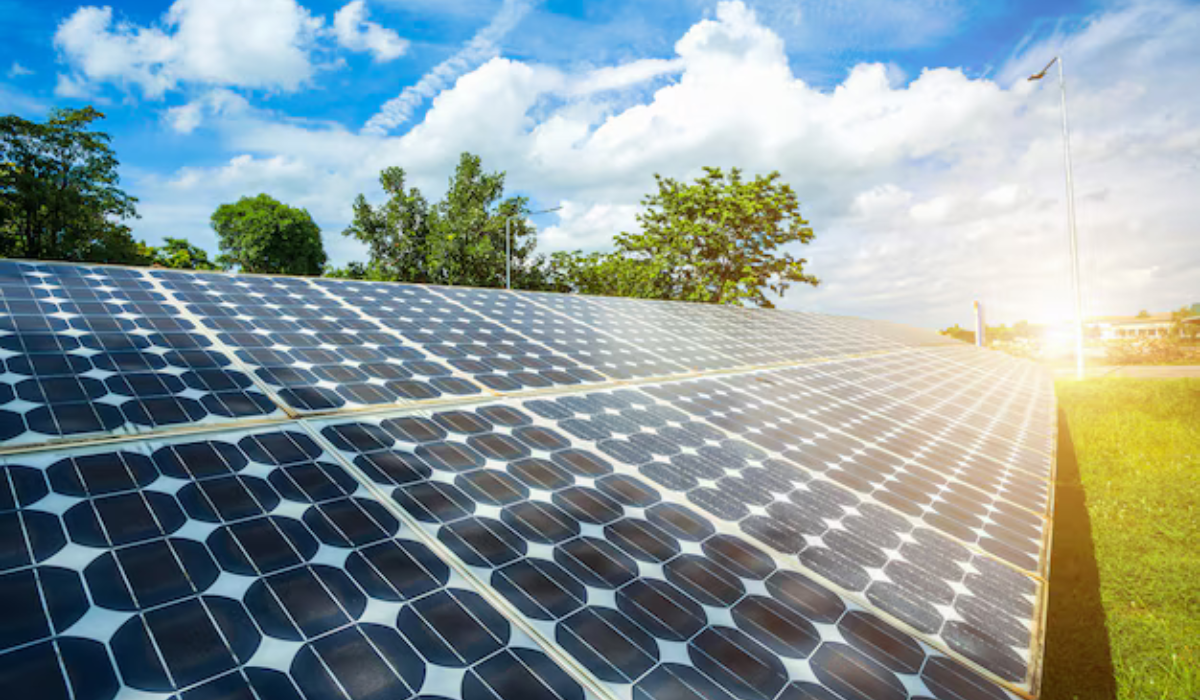Best Season for Efficiency of Rooftop Solar Panels in India (Months Explained).
Solar energy has gained tremendous popularity in India over the last decade. With the rising demand for sustainable energy sources, rooftop solar panels have become a common sight in residential, commercial, and industrial spaces. However, while installing solar panels is a great step toward clean energy, understanding their efficiency throughout the year is equally important. In this blog, we will discuss in-depth which seasons and months in India are the best for solar panel efficiency and why. Understanding Solar Panel Efficiency Before diving into the seasons, it’s important to understand what affects the efficiency of solar panels: Thus, solar panels do not simply work better in “hot” conditions—they work best in clear, sunny, but moderately warm conditions. Seasonal Analysis of Solar Panel Efficiency in India India experiences four major seasons: Let’s break down each season and how it impacts rooftop solar panels. 1. Summer Season (March to June) Performance Overview:Summer months like March, April, and May have longer daylight hours and strong sunlight. Pros: Cons: Best Months in Summer:March and early April are excellent. May and June produce good output too but suffer slightly from overheating issues. 2. Monsoon Season (July to September) Performance Overview:Monsoon months bring heavy rain, overcast skies, and frequent storms across much of India. Pros: Cons: Efficiency Drop:Solar production may drop by 20%–30% during monsoon compared to summer. Best Months in Monsoon:There aren’t strong months, but September often sees clearer skies toward the end. 3. Post-Monsoon/Autumn Season (October and November) Performance Overview:After the monsoon, the skies clear up beautifully. October and November are among the best months for solar generation in India. Pros: Cons: Best Months in Autumn:Both October and November deliver top-class efficiency. 4. Winter Season (December to February) Performance Overview:Indian winters are mild compared to Europe or North America but vary significantly across regions. Pros: Cons: Best Months in Winter:December and January are decent, especially in southern and western parts of India like Tamil Nadu, Karnataka, Maharashtra, and Gujarat. Best Overall Months for Solar Panel Efficiency in India Considering all seasons, the best months for rooftop solar panel efficiency in India are: Rank Month Reason 1 October Clear skies, moderate temperature, post-monsoon clean panels. 2 March Beginning of summer, high irradiation, manageable heat. 3 November Stable weather, strong sunlight, comfortable temperatures. 4 April Strong sunlight, early heat (before extreme temperatures). 5 December Cool temperature helping better electrical efficiency. Regional Insights: How Location Affects Solar Efficiency India is a vast country with diverse climates: Tips to Maximize Solar Efficiency Throughout the Year Conclusion If you are considering installing rooftop solar panels in India, timing and expectations are key. While solar energy is available year-round, October, March, and November stand out as the best months for maximum panel efficiency. Summers provide great sunlight but need thermal management, while monsoon seasons require caution due to reduced generation. By understanding these seasonal variations and maintaining your system well, you can maximize your investment and contribute to a greener planet. Go Solar, Go Smart! 🌞
Best Season for Efficiency of Rooftop Solar Panels in India (Months Explained). Read More »

